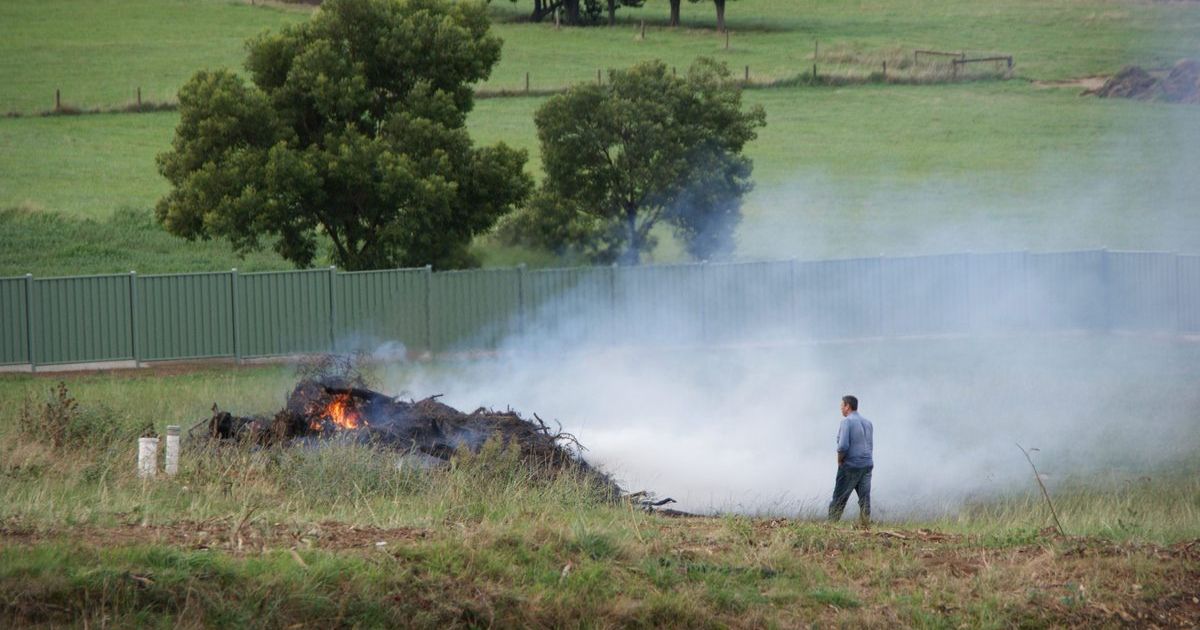Warning on seasonal asthma
PEOPLE with respiratory illnesses are being urged to prepare now for an early start to thunderstorm asthma season with the current La Nina weather system bringing seasonal changes quicker than expected.
The Bureau of Meteorology has recently declared a rare third consecutive La Nina weather event set to bring above average rainfall over spring and summer across eastern Australia creating a spike in the growth of grass cause increases in airborne ryegrass pollen.
Thunderstorm asthma season could potentially run until the end of December.
National Asthma Council Australia director and respiratory physician Professor Peter Wark said it’s important to be prepared have a plan to deal with thunderstorm asthma.
“Australia has one of the highest prevalence rates of asthma in the world and we are now heading into peak thunderstorm asthma season,” he said.
“If you are allergic to ryegrass pollen, you could have a severe asthma attack if you are outside in gusty winds just before or during a thunderstorm in spring or early summer in a place where there is ryegrass pollen in the air, which includes most of south-eastern Australia.
Professor Wark said people with allergies to ryegrass and issues with hay fever can still be at risk of thunderstorm asthma and it is important to use proscribed treatments every day throughout pollen season to control allergy effects.
“Hay fever can cause upper and lower airway inflammation and result in itchy watery eyes, runny nose and sneezing, but even more concerning, hay fever can lead to an increased risk of serious asthma flare-ups,” he said.
Professor Wark also provided tips for thunderstorm asthma season including taking your inhaled corticosteroid ‘preventer’ medicine as prescribed, always carrying a ‘reliever’ puffer and replace it before its expiry.
He also advised having a written asthma action plan that’s up to date and includes thunderstorm advice and monitoring pollen counts and weather forecasts.
For more information visit pollenforecast.com.au.



















